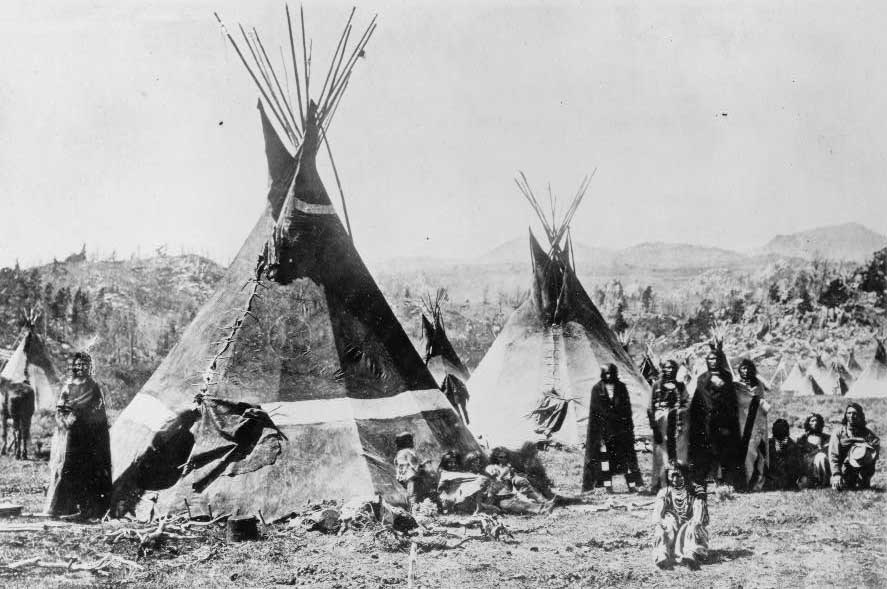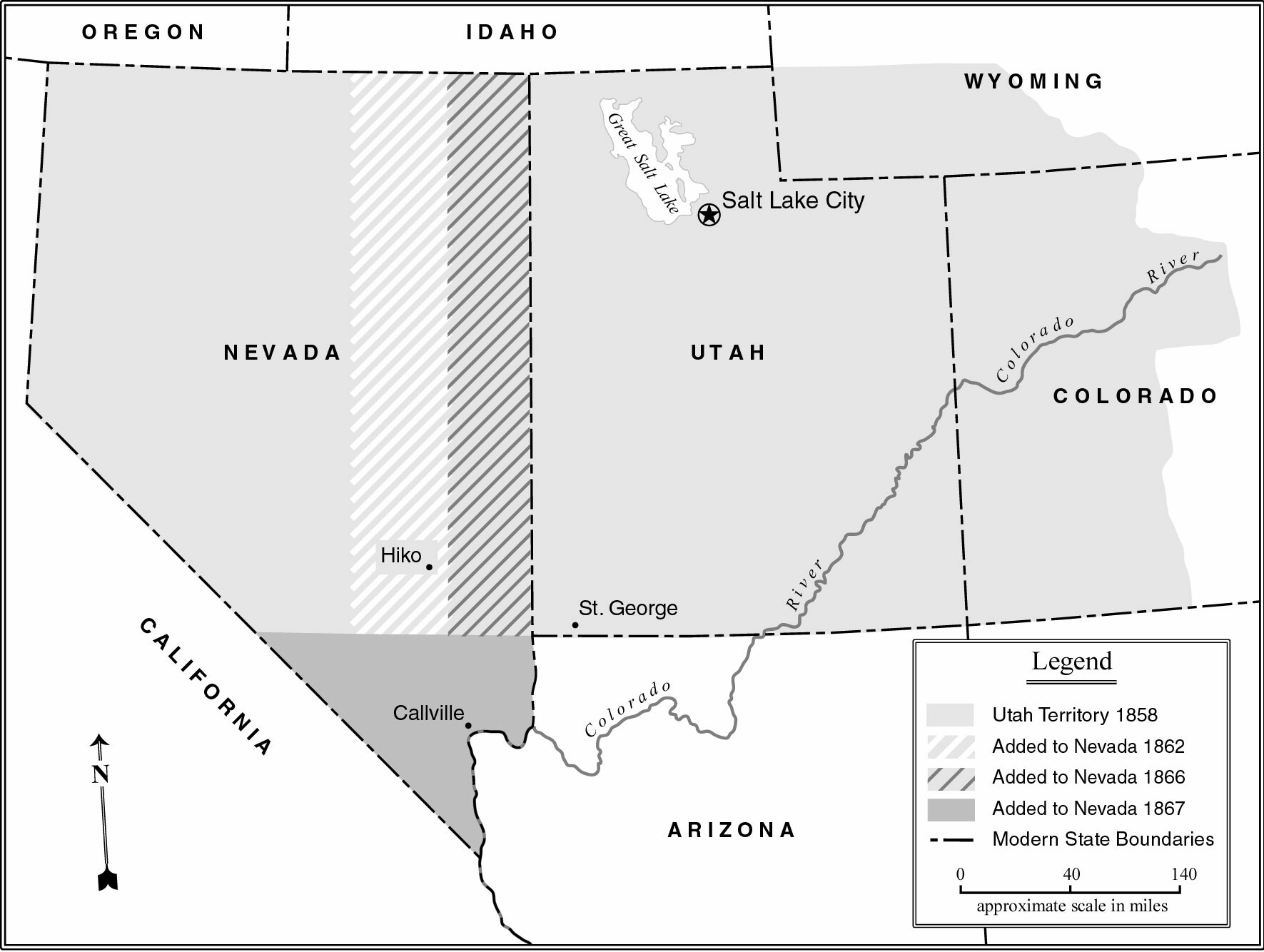Workshop Info
NEH WORKSHOP DIRECTORY
HOME | WORKSHOP INFORMATION | PROJECT STAFF | APPLICATION | LODGING & TRANSPORTATION | RESOURCES | CONTACT

WORKSHOP OVERVIEW
Three major migrant streams developed before the U. S. Civil War: one to Oregon, another to California, and a third to Utah. The Oregon Trail and the California Gold Rush have long captured the American imagination and been woven into the national narrative through books, song, paintings, film, and computer games. In most U.S. history textbooks, these two migrations are clear evidence of America’s determined drive to win the West. But what of the Utah trek? If part of the westward movement, it stands apart from the prevailing narrative and receives only cursory attention. In explanations that obscure as much as they clarify, historians describe this migration as “utopian,” the quest of a persecuted people seeking religious freedom and a better way of life. Here, the Utah migration merges (and perhaps becomes lost) in the nation of immigrants and pioneers story that so frames much of American History.
Manifest Destiny Reconsidered: The Utah Experience aims to complicate the standing narrative of western expansion through intensive
study of Utah’s migration and settlement from 1847-1869. In doing so, it also will
investigate how the emerging nation tried to define what it meant to be “American,”
with particular focus on immigration, religion, race, gender, and class and an interest
in addressing how such issues continue to shape our nation’s political and social
debates. The workshops will be held at the University of Utah and at historic sites
and landmarks in the Salt Lake City area on June 16-21 and July 7-12, 2019.
WORKSHOP DESIGN
The chronological focus will be 1847-1869, and the overall logic will be linear and thematic: from migration to reintegration. The workshop will open with a scholarly analysis of Manifest Destiny (Day 1), which will set the context for studying the arrival of Utah pioneers in the Great Basin in 1847, territorial settlement (including interactions with native tribes), and the quest for isolation (Day 2). The following days will delve deeper into these topics by examining the shifting gender roles of pioneers, polygamy, and suffrage (Day 3). Participants will then analyze the role of theocracy through the lens of the Utah War and Mountain Meadows Massacre (Day 4) and further investigate Native American and settler relations through a study of the Bear River Massacre (Day 5). The workshop will close with the arrival of the transcontinental railroad in Utah in 1869 (Day 6) and consider its role in reintegrating Utah into the nation. Finally, we will consider how groups divided along the fault lines of religion, race, gender, and class have been able to accommodate their claims and build community in contemporary Utah.
CORE QUESTIONS
- What were the roots and the results of Manifest Destiny in nineteenth century America?
- What are the similarities and differences between migration and settlement patterns in Utah and those in Oregon and California?
- What principles guided settler-Native American relations in the Utah Territory?
- How did gender and familial practices in the Utah Territory press against nineteenth century American norms?
- How did theocracy, polygamy, communalism, and relations with Native Americans affect national views of Utah’s pioneers?
- What were the causes and consequences of the Utah War, the Mountain Meadows Massacre, and the Bear River Massacre and what can they teach us about federal-territorial relations?
- What impact did the transcontinental railroad have on Utah’s relationship to the nation and to the people who built and traveled it?
- How do issues that arose in the Utah Territory provide an historical framework for analyzing the current political and social climate in America?
HISTORIC LANDMARKS
NEH Disclaimer: Any views, findings, conclusions, or recommendations expressed in
this program
do not necessarily represent those of the National Endowment for the Humanities.



